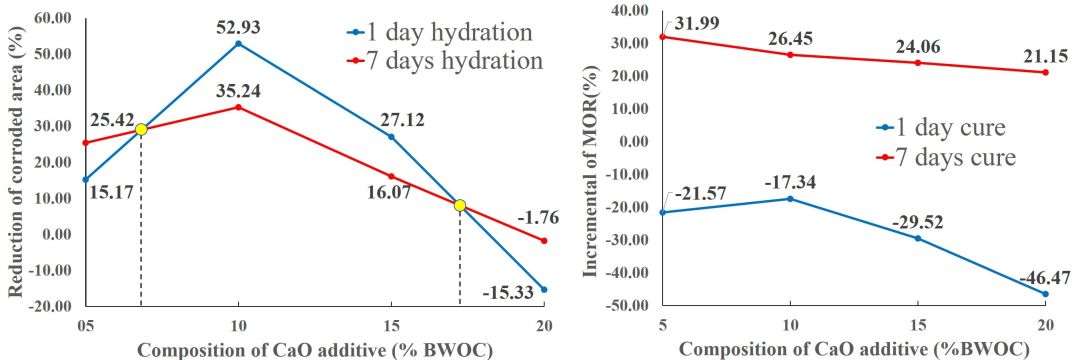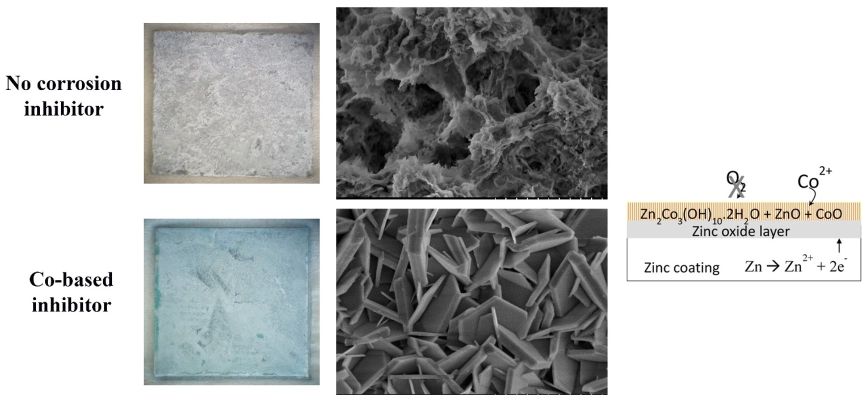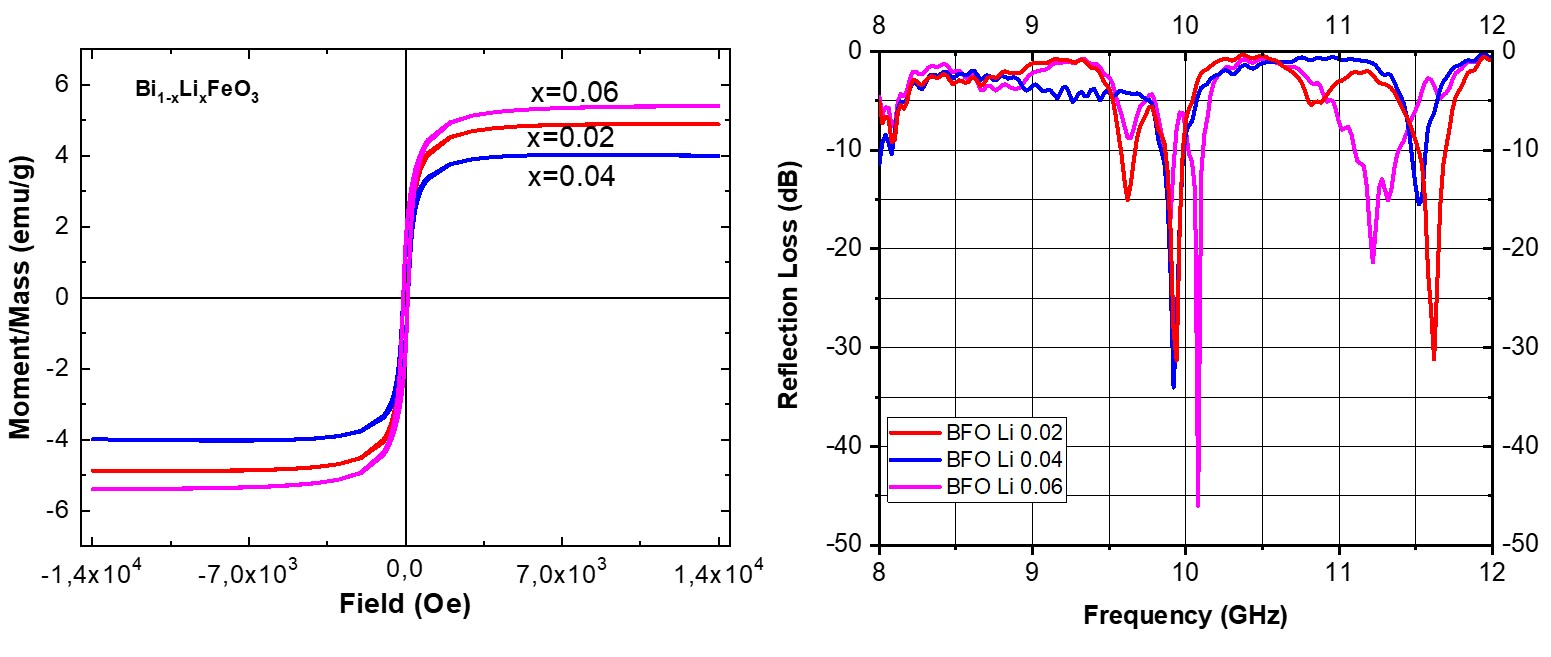19 巻
選択された号の論文の19件中1~19を表示しています
- |<
- <
- 1
- >
- >|
Regular Papers
-
原稿種別: Regular Paper
専門分野: Nano-Materials
2021 年 19 巻 p. 1-8
発行日: 2021/02/27
公開日: 2021/02/27
PDF形式でダウンロード (1461K) -
原稿種別: Regular Paper
専門分野: Devices and Sensors
2021 年 19 巻 p. 9-12
発行日: 2021/03/04
公開日: 2021/03/04
PDF形式でダウンロード (1233K) -
 原稿種別: Regular Paper
原稿種別: Regular Paper
専門分野: Micro- and Nano-Fabrication
2021 年 19 巻 p. 13-19
発行日: 2021/03/06
公開日: 2021/03/06
-
原稿種別: Regular Paper
専門分野: Electronic Properties
2021 年 19 巻 p. 20-23
発行日: 2021/03/18
公開日: 2021/03/18
PDF形式でダウンロード (1407K) -
原稿種別: Regular Paper
専門分野: Catalysis
2021 年 19 巻 p. 24-31
発行日: 2021/04/03
公開日: 2021/04/03
PDF形式でダウンロード (4794K) -
原稿種別: Regular Paper
専門分野: Structure
2021 年 19 巻 p. 32-41
発行日: 2021/04/22
公開日: 2021/04/22
PDF形式でダウンロード (2784K) -
原稿種別: Regular Paper
専門分野: Nano-Science and -Technology
2021 年 19 巻 p. 48-54
発行日: 2021/05/20
公開日: 2021/05/20
PDF形式でダウンロード (2426K) -
原稿種別: Regular Paper
専門分野: Interdisciplinary
2021 年 19 巻 p. 55-60
発行日: 2021/05/29
公開日: 2021/05/29
PDF形式でダウンロード (1674K) -
原稿種別: Regular Paper
専門分野: Nano-Science and -Technology
2021 年 19 巻 p. 61-68
発行日: 2021/06/19
公開日: 2021/06/19
PDF形式でダウンロード (2581K) -
原稿種別: Regular Paper
専門分野: Electronic Properties
2021 年 19 巻 p. 70-87
発行日: 2021/07/15
公開日: 2021/07/15
PDF形式でダウンロード (5442K) -
原稿種別: Regular Paper
専門分野: Nano-Materials
2021 年 19 巻 p. 88-98
発行日: 2021/09/18
公開日: 2021/09/18
PDF形式でダウンロード (839K) -
原稿種別: Regular Paper
専門分野: Structure
2021 年 19 巻 p. 99-103
発行日: 2021/10/16
公開日: 2021/10/16
PDF形式でダウンロード (1206K) -
原稿種別: Regular Paper
専門分野: Nano-Materials
2021 年 19 巻 p. 104-111
発行日: 2021/11/06
公開日: 2021/11/06
PDF形式でダウンロード (3698K) -
原稿種別: Regular Paper
専門分野: Structure
2021 年 19 巻 p. 112-118
発行日: 2021/11/11
公開日: 2021/11/11
PDF形式でダウンロード (2283K) -
原稿種別: Regular Paper
専門分野: Catalysis
2021 年 19 巻 p. 119-124
発行日: 2021/11/13
公開日: 2021/11/13
PDF形式でダウンロード (2030K) -
原稿種別: Regular Paper
専門分野: Electronic Properties
2021 年 19 巻 p. 125-130
発行日: 2021/12/23
公開日: 2021/12/23
PDF形式でダウンロード (1528K) -
原稿種別: Regular Paper
専門分野: Nano-Materials
2021 年 19 巻 p. 131-142
発行日: 2021/12/28
公開日: 2021/12/28
PDF形式でダウンロード (3508K)
Technical Notes
-
原稿種別: Regular Paper
専門分野: Instrumentations and Techniques
2021 年 19 巻 p. 42-47
発行日: 2021/05/13
公開日: 2021/05/13
PDF形式でダウンロード (1709K)
Errata
-
原稿種別: Erratum
専門分野: Catalysis
2021 年 19 巻 p. 69
発行日: 2021/07/08
公開日: 2021/07/08
PDF形式でダウンロード (361K)
- |<
- <
- 1
- >
- >|


















